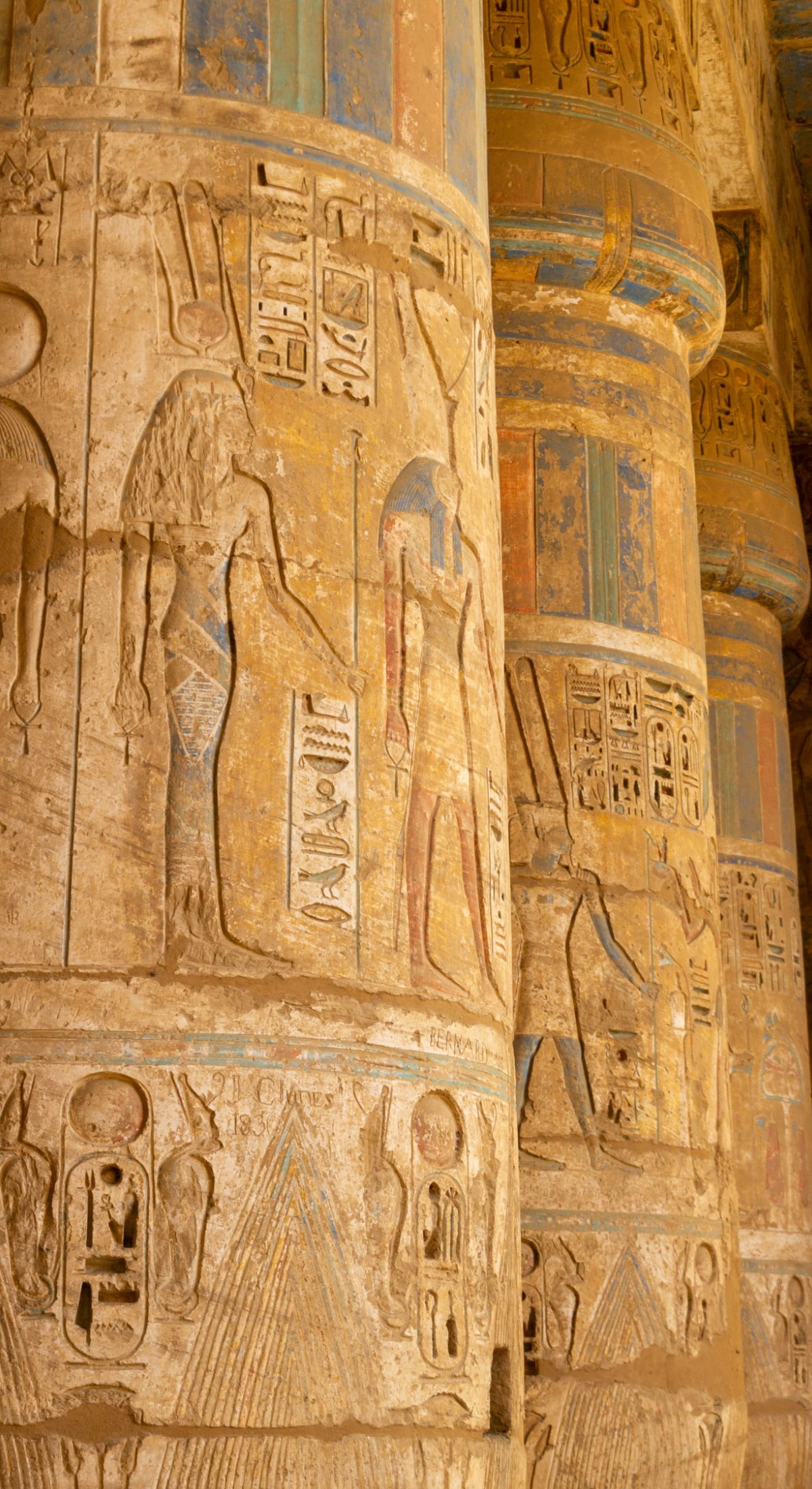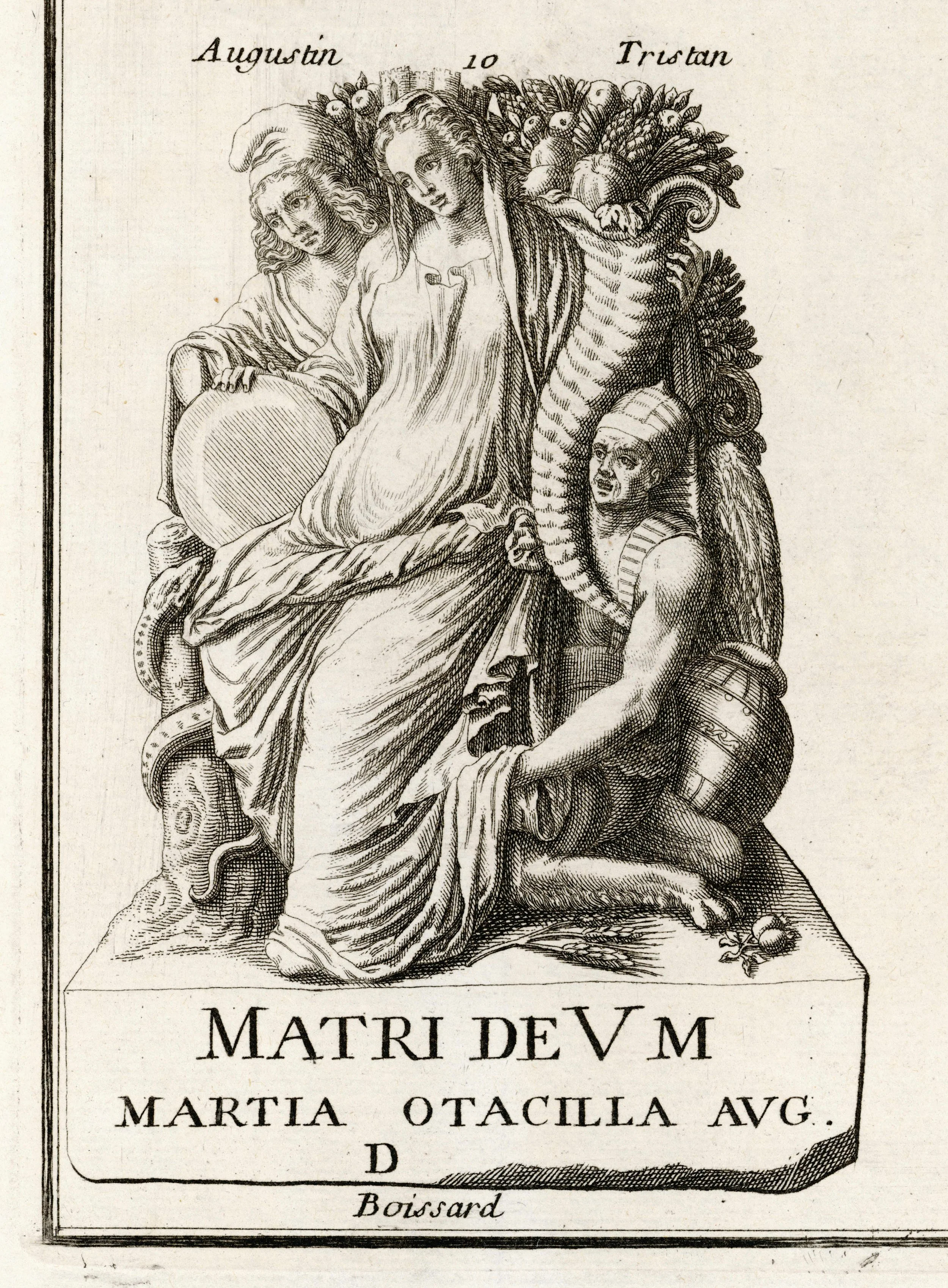Each of the three stories contribute to the stereotypes found - but how?
Under the Pyramids, Egyptomania & Bad Stereotypes
The big one in the story is the dependence on the exoticized view of Egypt and the people living there. At the time of writing, colonial and imperial views that archaeologists held put people who didn’t typically fit the European cultural model into the categories of Savages or Barbarians. While Egypt sort of got away from some of those views due to the “Classical” heritage it had, it didn’t get away from all of it.
Because Egypt had great pyramids and civilizations, it got incorporated into the Western model of civilization much the same way Greece and Rome did. The reason many movies about the Roman Empire featured British accents was because of the way these great civilizations were incorporated into the Western narrative. However, the present inhabitants of Egypt in Lovecraft’s writing and in real-life at the time, like Abdul in Under the Pyramids, were given stereotypes that would stick. In archaeological terms, many of the present inhabitants were dismissed as not fitting the typical model of Darwinian archaeology of progressing from Savagery to Barbarism to Civilization.
Note: While called Darwinian archaeology or social Darwinism, the man himself didn’t have much to do with it. In fact, we don’t know what his ideas on the view would have been. Rather, other social scientists and archaeologists took his ideas and began applying them to human societies in a way that ultimately resulted in a lot of harm. These ideas of societal evolution are discussed as part of archaeological history but no longer supported by the archaeological community.
Lewis Henry Morgan, one of the sociologists responsible for this model. WikiCommons.
While this model is out of date and unused by the vast majority of archaeologists now, its effects on society stuck, mainly due to making its way into pop culture. That said, the Nazi party did use archaeology to justify many of their radical ideas, which came to power not long after this story was published. Notably, they were not the only ones. These same ideas gave justification for Americans to “civilize” Indigenous populations, Western populations to justify slavery, and many other social injustices that have taken place since at least the 1600s when the first “offical” social anthropologists and archaeologists in the modern sense began to emerge. The Nazi party that rose up in the aftermath of WWI is simply the best example that the majority of people will have heard of and can associate these ideas with easily.
The character of Abdul presents a resounding example of this stereotype that shaped archaeology invading popular culture, as it had been for several hundred years at this point. However, while archaeologists have tried to move on, the stereotypes in pop culture remain in part due to the prevalence of these tropes.
Under The Pyramids also highlights the connection between the supernatural and archaeology, and it might even be a main part of the reason that those two get linked often. The idea of rituals, magic and supernatural entities crossing paths while digging up ancient history is here to stay. Abdul is a practitioner of this magic, Houdini himself is a magician of a kind, and the inner workings of the Pyramid itself are home to a whole world of cult-like magic that the stereotyped locals are part of.
While cults exist in every corner of Lovecraft’s work and it is not new, knowing that Lovecraft was as xenophobic as he was puts this in a different light, and there is extra emphasis on Abdul in a way there isn’t in other pieces he wrote. At the end, Houdini insists it was all a dream, but the idea was put into the world and that is hard to get away from.
At the Mountains of Madness, Scientific Greed & Primal History
The same stereotypes can be seen in this story, with the author of the Necronomicon and the continued references to “Asian” lore. While many fictional authors take pieces and parts from different mythologies, stories, and tales from around the world, Lovecraft makes a continued and intensive effort to associate these horrors and the sights his characters come across with those cultures.
Regardless, that is not the main point that this story makes for the link between archaeology and Lovecraftian media.
Instead, it is the scientific greed and pseudoarchaeology shown in At the Mountains of Madness that is showcased in a clear way. The scientists on the expedition are enamored with what they find, never thinking to turn back and always pushing forward in the name of new discoveries even when it is clear their lives are at stake. This greed can be seen in other franchises, like Alien or Jurassic Park. The idea that a scientist can’t let go and will die rather than turn back is memorialized in Dyer and Danforth’s determination to sketch the city rather than leave while they can.
Dyer spends many, many parts of the story just enumerating what he thinks the city was, giving it a false archaeological background that he, as a geologist, is not as qualified to give. However, many scientific backgrounds had a broader amount of education until recently, as there was more collaboration and less specialization. That is why this novella is associated with archaeology by the general public, despite no archaeologists being present. Dyer is acting as an archaeologist during the final seven parts in every way that matters.
The idea of archaeologists digging too deep has been discussed by scholars, but this is the epitome of it, and even Dyer says that they should have left before they did, which is why he is discouraging others from following in his footsteps.
The other thing this novella showcases is the idea of a “Primal” history. Dyer describes multiple stages of a great ancient history, something that existed a very long time ago before the Biblical Flood (Pre-Cambrian). These creatures and this city were supposedly from that era, and the cave they find was filled with remnants of a tropical civilization. While it is true that humans had great civilizations long before historians ever acknowledged that they did, which many academics have already covered, the idea that there was a great alien civilization on earth before what is considered modern history — which is usually dated to Ancient Sumeria by historians as that is the first instance of written history, has never gone away.
The Alien films, as well as in the Indiana Jones franchise and the Assassin’s Creed series, all show off the idea of ancient aliens as a progenitor race and one that influenced the building of many of the ancient world’s wonders. It was also a result of the ideas from social Darwinism, as it was believed a civilization could never “regress” back to “barbarianism.” However, this dismisses the achievements of past humans, all of whom were just as intelligent or foolish as humans are today.
Rats in the Walls, Antiquarianism & Insanity
The antiquarians are fairly broad and vague throughout this story, just excited to study the various time periods displayed in the Priory. However, this is often the case in a lot of media. There is usually a vaguely described archaeologist -- or curator, antiquarian, paleontologist, linguist, classicist, historian or even librarian that knows just enough about the past to be dangerous in these stories. They often serve as the ones to get the investigation rolling or are responsible for finding specific clues. They usually know languages they should not, and they have the translation skills of a minor deity. This may not be where the trope originated, but it is one that has stuck around.
Lastly, of the three works that have the most to do with archaeology, this one showcases the resulting insanity the best. The way the narrator slowly falls into madness by continually hearing the scratching in the walls until he can’t help but descend into the space beneath the Priory has followed the Lovecraftian genre ever since. The quote, “Such secrets are not good for mankind” highlights exactly what it is that induces madness in archaeology.
It is not just that the antiquarians and the narrator are greedy, it is that some things are better left unsaid. Like the knowledge of ancient history is too dangerous for mortal ears. Insanity is the biggest trope across all of Lovecraftian horror, but it has made its way into archaeological tropes as well because of things like Rats in the Walls. Indiana Jones actually witnesses these consequences a bit at the end of most of the movies, but this is where the seeds of knowledge costing your sanity come from in modern culture. In Genesis, the Tree of Knowledge of Good and Evil causes humans to experience death, so the idea of knowledge causing madness or death is not new. However, the incorporation of dangerous knowledge into modern pop culture was spread and distributed in large part by H.P. Lovecraft.
He was not the only one of his time who truly believed that too much knowledge was a bad thing, but like in many other areas of his life, he is the one who took it to the extreme due to his own prejudice.
Rats in the Walls is the story that deals directly with an excavation, as the antiquarians and the archaeologists are all excited to uncover and restore the house of the main character. However, one interesting point here is that the local villagers know better and the educated antiquarians are too excited for their own good. Additionally, the story does highlight the same ideas of scientific greed seen in Lovecraft’s other short stories.
Regardless, there are other archaeological things that Rats in the Walls contains that are unique to this story.
The “Piltdown man” reference has been known to be a hoax for a long time now, one that is written extensively about in Feder’s Frauds, Myths, and Mysteries: Science and Pseudoscience in Archaeology. If you want a shorter breakdown, Stephanie Hall wrote an article for the Library of Congress that explains it well. However, Lovecraft directly references the Piltdown man as the same evolutionary type as the ones he sees in the world beneath the Priory. There are other references to what are now known to be pseudoscience as well, and there are heavy-handed references to the cult of Cybele as well.
The cult of Cybele in real life was based around a Roman deity known as the Great Mother. Many Roman provinces that had a mother goddess often used Cybele as a stand-in for their own deities that the Romans forbade them from worshipping. This allowed them to still worship their deity while making it look like they were following the Roman Cybele. The cult has a lot of misinformation about it generally speaking, and the cult existed in places throughout the world that one wouldn’t typically expect. However, this idea of misunderstood religious practices getting entwined into the Lovecraftian genre and archaeology is very much still around. You can see this in less horror-like settings like the Indiana Jones franchise.
The ending of Indiana Jones & The Kingdom of the Crystal Skull (2008). A good demonstration of knowledge costing sanity (& also life in this case).







